Dress you up: Meet Maripol, the woman behind Madonna's early, iconic look
Style icon Madonna, whose debut album turns 40 this week, didn’t come up with her 'Boy Toy' look on her own. She had a lucky star on her side.
Forty years ago this week, on July 27, 1983, a woman named Madonna Louise Ciccone released her self-titled debut album, and it soon launched not just a music revolution, but a fashion revolution as well. The disc’s stark black-and-white artwork — Madonna clasping her unforgettable face between bracelet-stacked hands on the front, wrapping a thick dog-chain necklace around her throat on the back — comprised some of the most striking pop imagery of the ’80s. It wasn’t long before every little girl in the world wanted to be Madonna (or a “Madonnabe”), bedecking themselves with oversized lace hair bows, crucifixes, stacks of rubber bangles, and, much to their parents’ chagrin, “Boy Toy” belts and visible bras.
But Madonna didn’t come up with her early signature look entirely on her own. She had a lucky star on her side back then, a visionary stylist, who helped craft that image. And that woman also went by a singular name: Maripol.
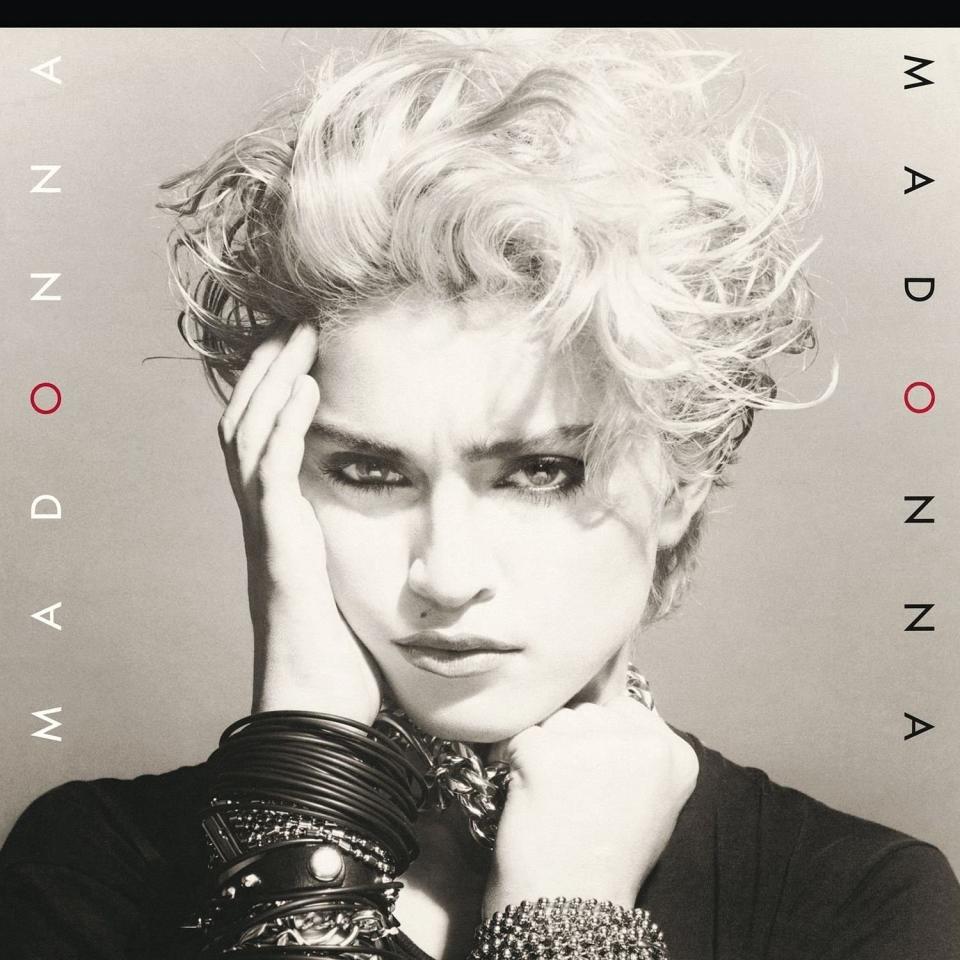
Without Maripol — a French-expat artist, jewelry designer, photographer, film producer, and NYC girl-about-(down)town — Madonna may never have become MADONNA. After all, Maripol was the woman who introduced street-style jelly bracelets to the mainstream (fun fact: Grace Jones was the first pop singer to wear Maripol’s rubber creations, on her ankles), and she was the woman who first convinced Madonna to dance onstage in a brassiere.
Speaking to Yahoo Entertainment at the time of Madonna's 35th anniversary, Maripol humbly, grudgingly concedes, “Whatever, yes — I did create a legend.” Recalling the night that started it all, at New York hip-hop club the Roxy four decades ago, she said, “There was a lot of mix of culture coming from England, with people like Bow Wow Wow, and then there was Fab Five Freddy, from Yo! MTV Raps, which was also the beginning of this whole movement. Fab Five Freddy asked me if I could find cute girls, and I turned around and saw Madonna and asked her if she would want to go onstage. I asked if she had a nice bra on, and she thought I was out of my mind! I asked her to actually take her top off. And the rest is history.”
So, was that the unofficial beginning of the underwear-as-outerwear trend? “No, that was the beginning of the fact that I’m French! I was less puritan than anyone else, and I was always taking my clothes off, unfortunately,” Maripol laughed. “After that, Madonna actually made an appointment to come see me in my loft, because she wanted me to create her look. … I had already [popularized] the rubber bracelet, and I was the art director of Fiorucci, and I thought that she was the perfect person to carry around my style. And it was perfect for her as well.”
Maripol and Madonna’s first fashion collaboration was for the Madonna album cover, on which Maripol’s bold, punky jewelry was practically as much the star as Madonna herself.
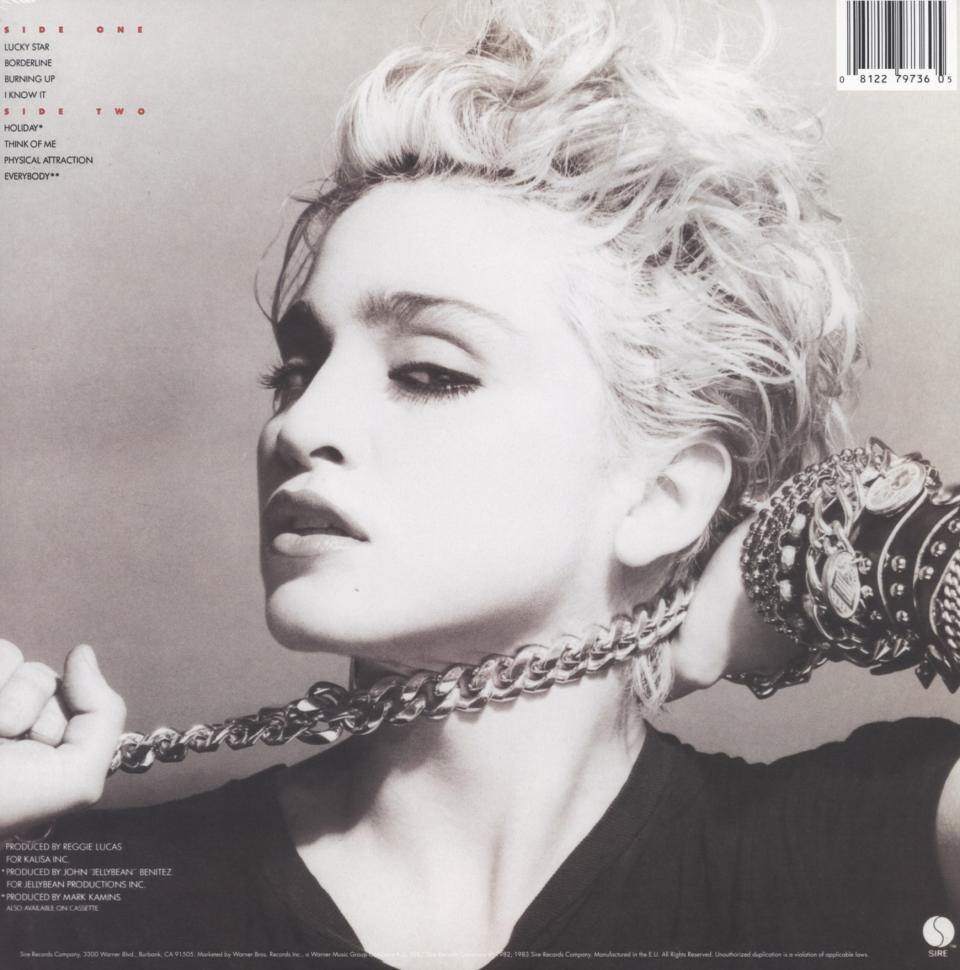
Maripol’s involvement in Madonna’s early career opened many doors for the singer. For instance, there was the night that Madonna, at the time still a total unknown, performed at Fiorucci’s 15th anniversary soiree — a booking that Maripol, the art director for the trendsetting Italian boutique in the late ’70s and early ’80s, had to fight for.
“I had a big budget, and I kept saying to my boss, ‘I want this singer.’ Everybody was like, ‘No, no, who is that, who is Madonna? We want the girl who played in Flashdance, Jennifer Beals.’ And I’m like, ‘Jennifer Beals? She is not a singer!’ Finally, I won. I had a big rubber cake with 15 candles and Madonna to jump out of it, and Madonna jumped out that day. The club was packed, and she got the manager of Michael Jackson [Ron Weisner] to come, and I think he signed her right there on the spot.”
Maripol maintained a massive influence on Madonna’s style during the subsequent Like a Virgin era, more than once stopping her star client and friend from becoming a fashion victim. Recalling the cover shoot for the breakthrough sophomore album, Maripol chuckled, “The art director had this idea, which was to have the black Sabbath-type virgin. You know, like black lipstick, black this, black that. And I kept saying to her, ‘We should go for the real thing, come on!'” Eventually Madonna wore her VMAs-immortalized white wedding dress (more on that in a bit), and the result was yet another iconic album cover.
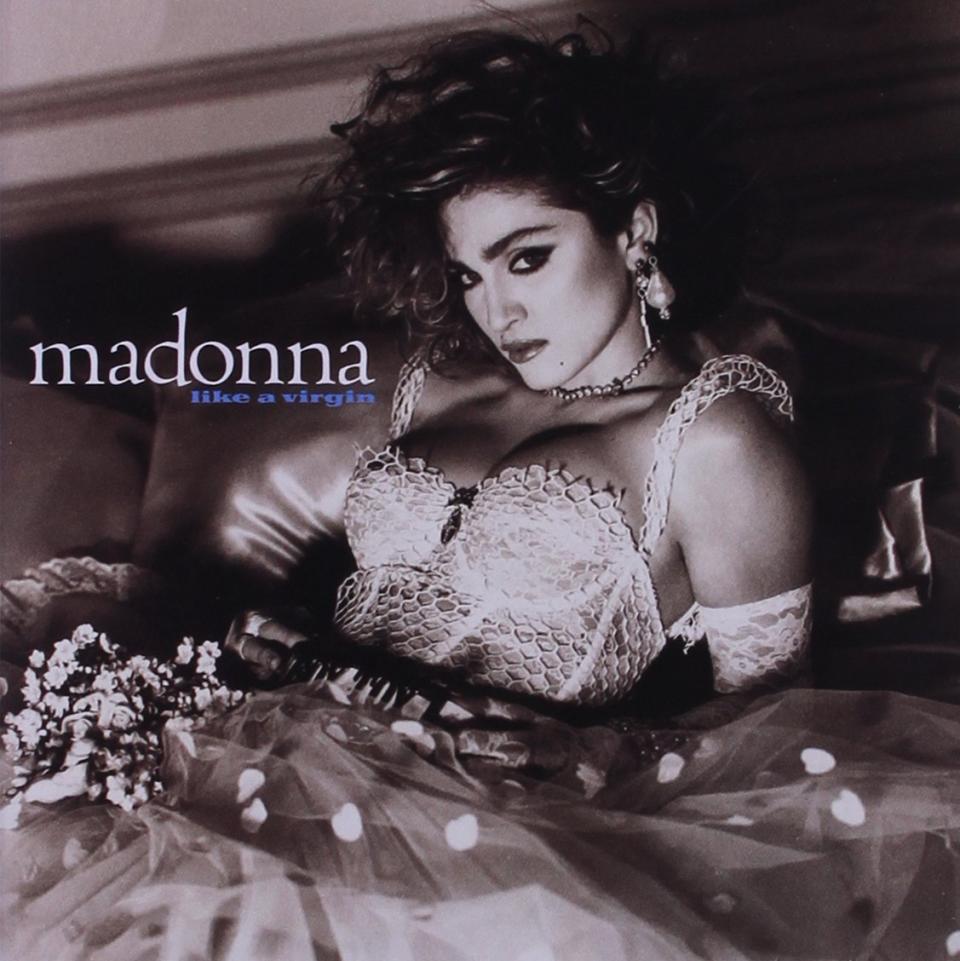
Maripol also stepped in when she thought the stage costumes for 1984’s Virgin Tour were, well, a little too Prince-ly. “There was a designer, a really nice English girl, Marlene Stewart. And Marlene designed everything [for the tour], very Purple Rain. And I went to Madonna and she showed me everything, and I said, ‘Madonna, you’re Madonna. Why don’t you keep a bit of what you have?’ And she listened to me.”
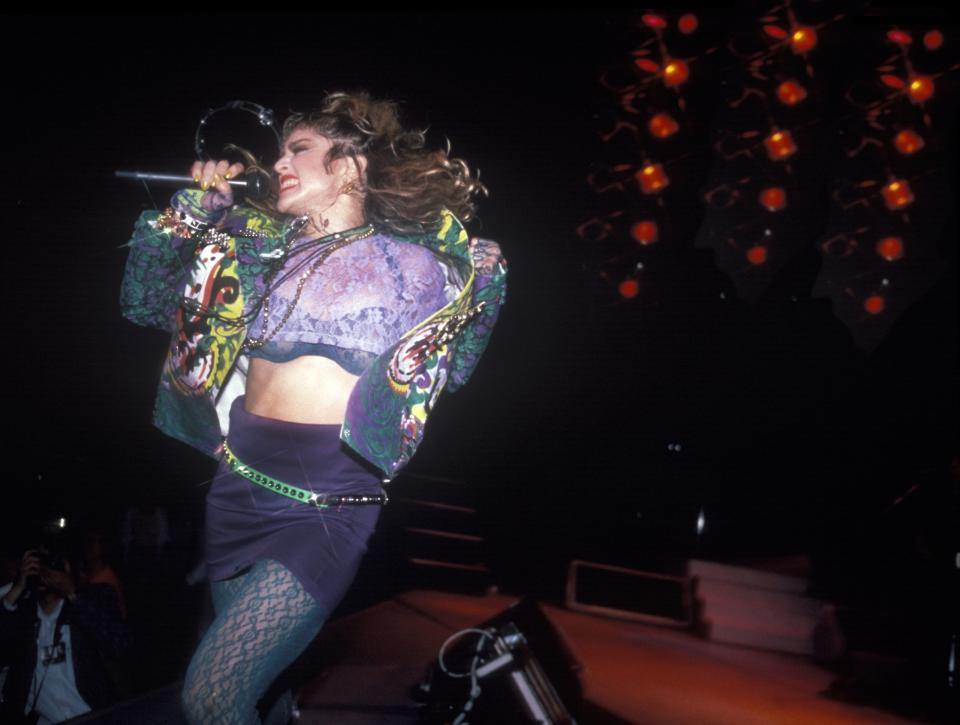
Madonna’s peekaboo bridal gown still stands as one of her most memorable looks, of course. Older generations may vividly recall the exact moment when they first saw Elvis twitch his pelvis on TV or when the Beatles first performed on Ed Sullivan, but for children of the ’80s, the defining televised music moment was when Madonna kicked off the first annual MTV Video Music Awards in 1984. No one had ever seen anything like it at the time, and Maripol was there to see it in person.
At first, it seemed like the racy performance might be career suicide for Madonna, Maripol recalled. “I was right there, I saw it happening. I saw what [MTV] did, and I can tell you that they tried to destroy her that day. They went under her skirt with the camera; they were trying to intimidate her.” But of course, the stunt instead stratospherically catapulted Madonna to superstar status.
“Madonna had to break through; I knew she was going to make it big, because I could see how ambitious she was, in a very genuine and sweet way. The wedding outfit did help. I knew that day that she had made it,” said Maripol. “Every journalist was rushing, running, going, ‘Oh my God, who is this girl with the white outfit rolling and crawling on the floor, with crosses in her ears and her name is Madonna? And she’s singing about being like a virgin?’ They were shocked, yes.”
Once the aforementioned Madonnabes came out in full force and took over malls everywhere, Maripol had mixed feelings about the trends she’d helped create. One time, when judging a Madonna lookalike contest in 1985 with none other than Andy Warhol at Macy’s (amusingly, the department store that would carry Madonna’s own Material Girl fashion line decades later), Maripol became conflicted. “I saw those young girls, and it was sad. They wanted to mimic Madonna, and they were so young. It was all about the fun and stuff but … oh my God,” she groaned.
Perhaps Maripol had mixed feelings over the fact that she never really got full credit for her pop-culture influence. When mall shops ripped off and mass-produced her designs, Maripol ended up broke. “If only I would have been smart, if only you could copyright the look — which I don’t even know if it existed back then — I would have been a multimillionaire, for sure,” she said. “I did go bankrupt because everybody copied me, every single industry. But genuinely, it doesn’t matter. I swear I don’t care. I became a freelance stylist to survive, and then I had a kid. I bankrupted in 1988 and had a kid in 1990. I’m very happy; I have a beautiful son now.”
Eventually the chameleonic Madonna changed her style, many times over, and while Maripol was still involved with Madonna’s later looks — the sleek bustier outfit Madonna wore for her Marilyn Monroe-esque makeover in the “Papa Don’t Preach” video and the rubber dress she wore in the “Express Yourself” video’s milk-lapping scene were both Maripol creations — eventually Madonna moved on to other designers (like Jean-Paul Gaultier, who created her early-’90s cone bra).
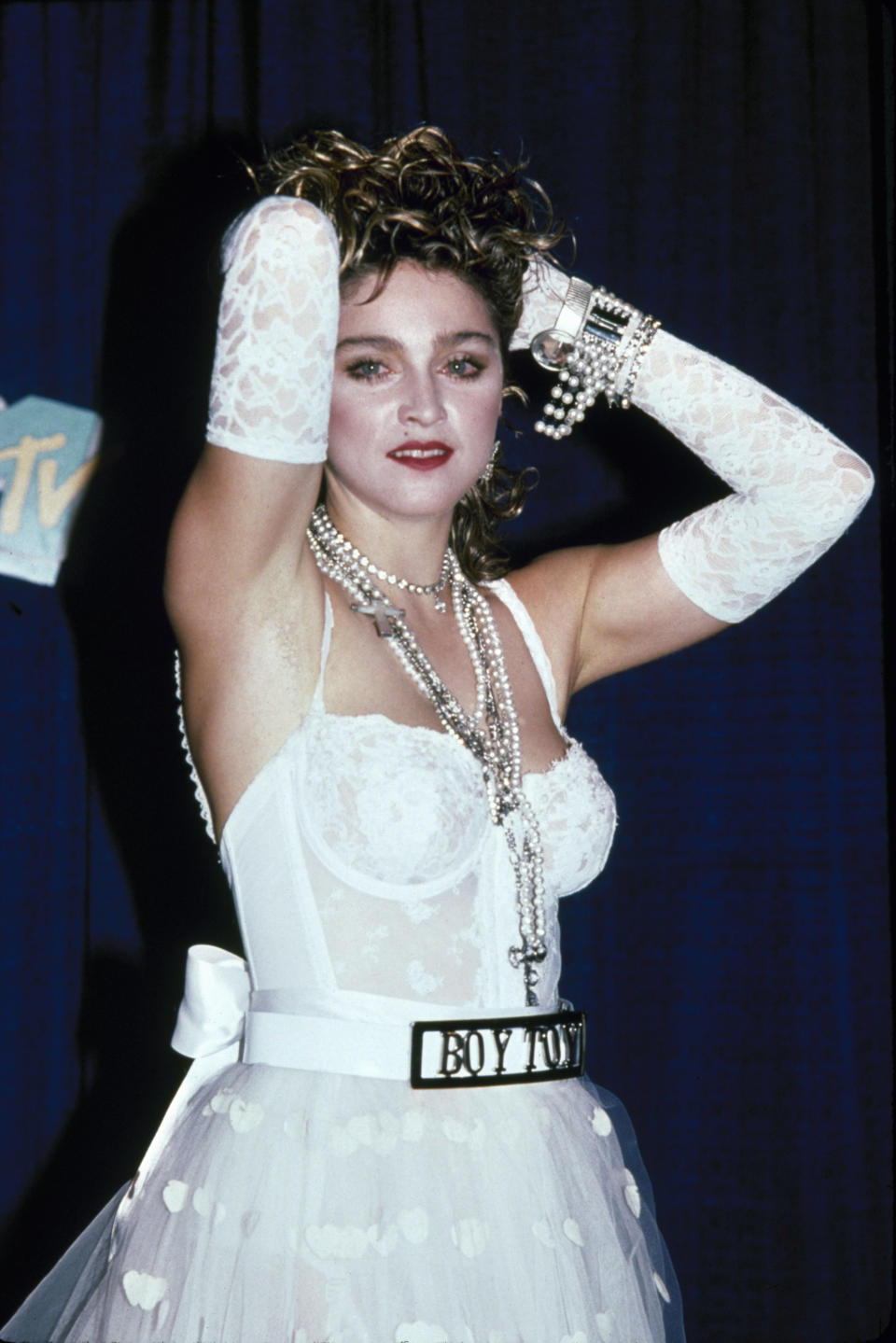
“I think Madonna might have a multiple personality. I know you [think I am kidding], but I think it goes with the pain of losing your mother so young [at age 5]. Multiple personality — that’s my theory,” Maripol mused. “But that is really excellent for her career, because she decides to really change her look, so people will never get bored of her. It’s a genius strategy. She says she changes her music, but come on, the music has always been the same.”
Maripol has certainly kept busy in past years. Among her many endeavors, she has released four art books, most recently Maripola X, a collection of erotic Polaroids from the 1980s. “I have a very young publisher, Adele Jancovici, and we really love each other and she’s very smart, and I trusted her to open my secret box,” she said of that book. “They’re all very sexy pictures of that period, of me mostly, but a lot of other people too. There is one for the first album cover of Madonna that was rejected by the record company that was never used. It’s a genuinely beautiful picture of her, but it was not in line with Madonna as we knew her, with all the rubber and being like a little punky. We had beautiful pictures with her with sheets around her, beautiful lights and makeup, but they were all rejected.”
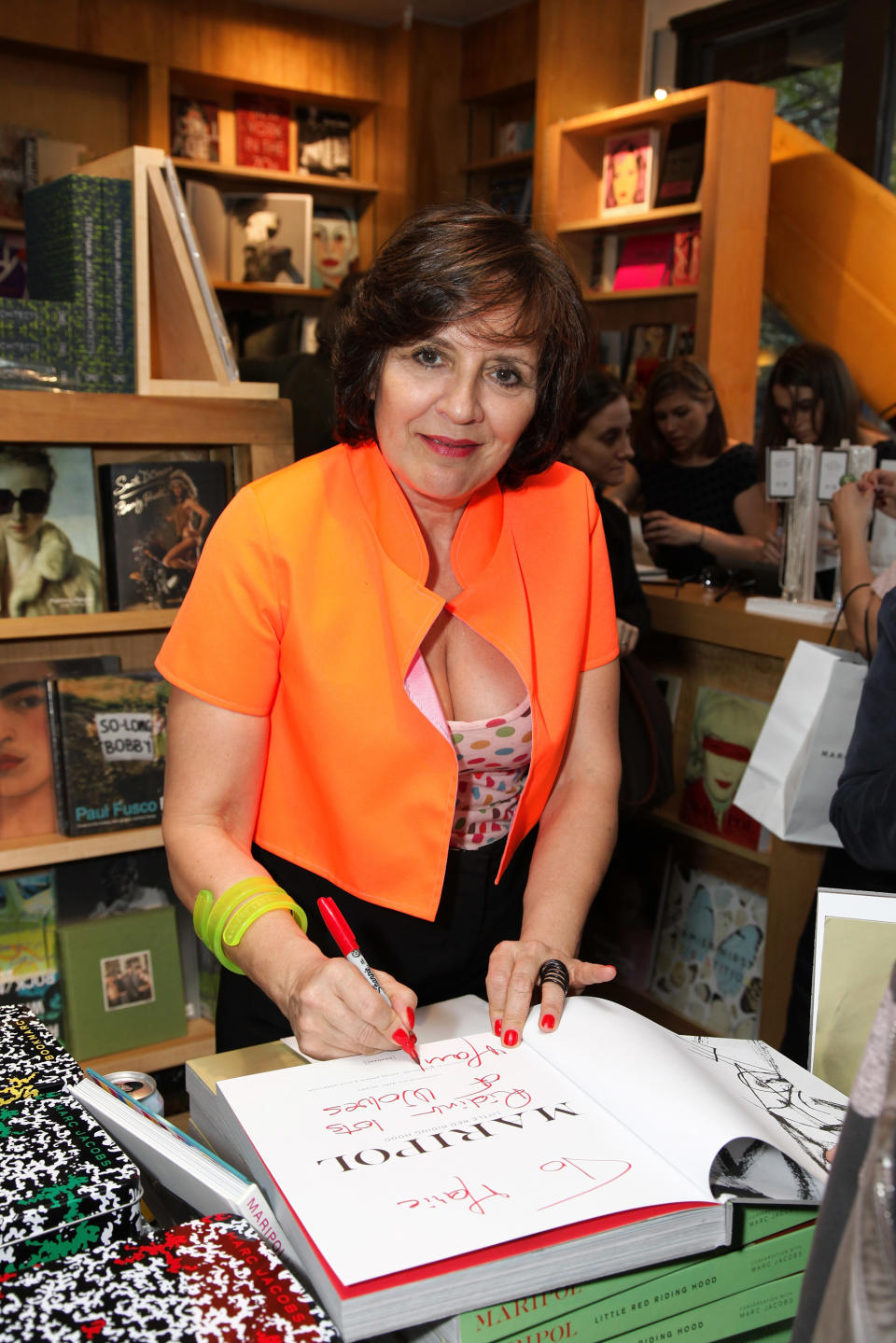
Maripol has also art-directed music videos for Cher, D’Angelo, Elton John, and Luther Vandross; contributed regularly to Document magazine; collaborated on a line of vintage-inspired jewelry and T-shirts with Marc Jacobs; launched a jewelry line called Atomic Glamour; and directed Arte Creative’s Keith Haring documentary, The Message. “I also have multiple personalities,” the artist laughed.
With such a bustling career, Maripol once again stressed that she harbors no resentment toward Madonna, reasoning, “I’m very happy for her. And you know what? In a way, I got the freedom to walk around in the street, and she doesn’t have that. And I think it’s very difficult for her to not be able to have that freedom. Once you lose that freedom, does that make you more happy in life? I’ve always kept good relation with her and I really wish her the immense best, and I will get my claim of fame eventually.”

 Yahoo News
Yahoo News 
